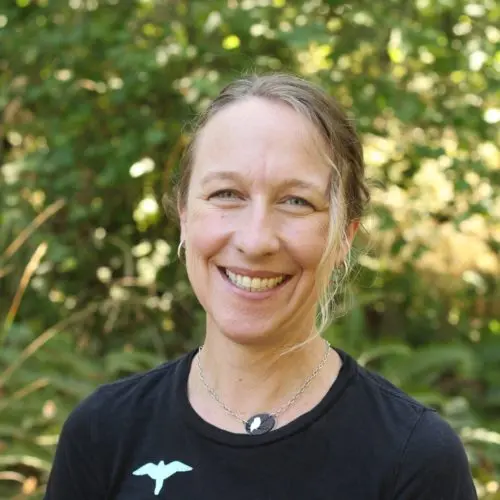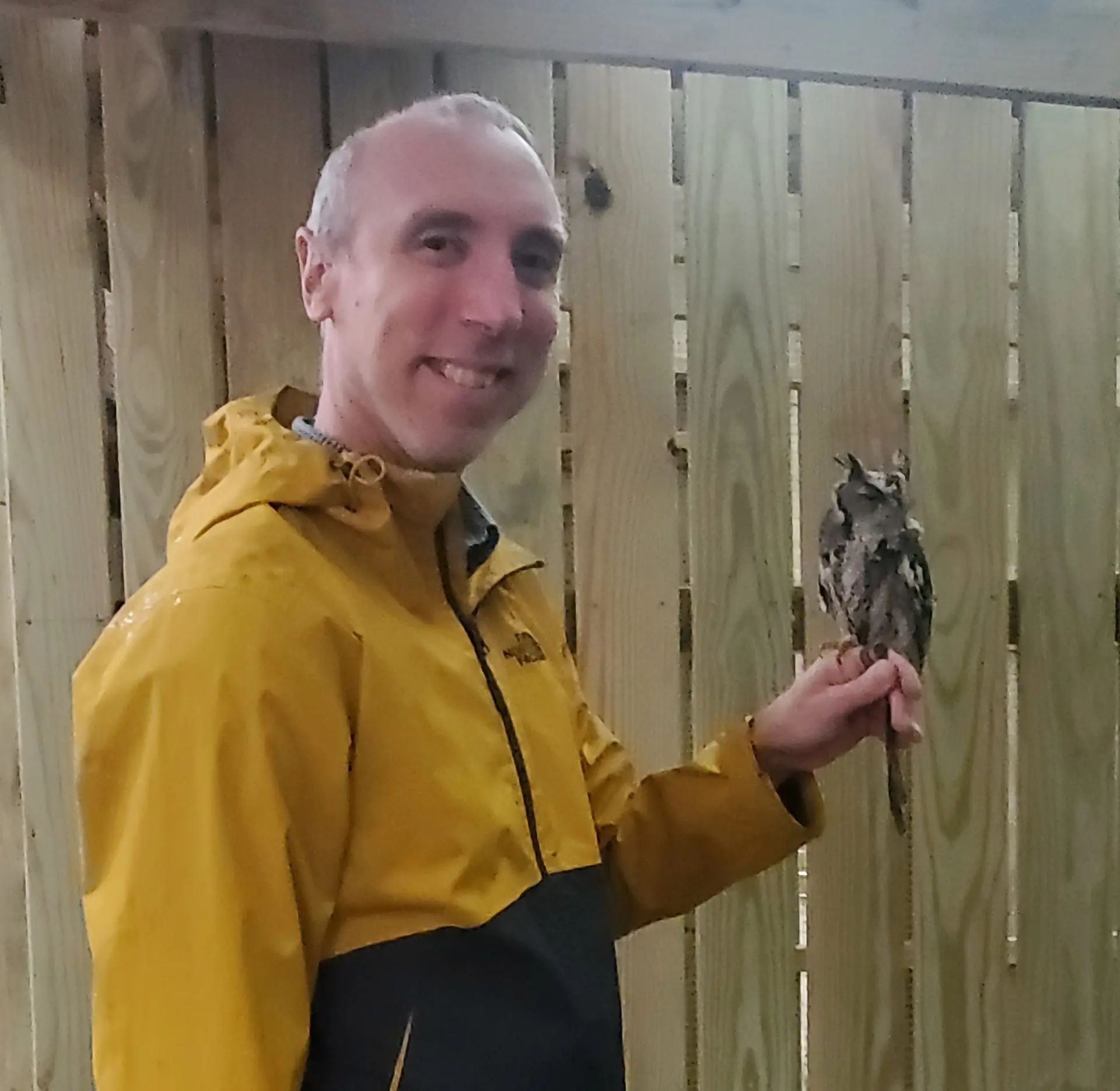LATROBE, PA — An injured bird is found by a passer-by and taken to an animal shelter. The bird heals, but there is enough permanent damage that it cannot be released back into the wild. What happens next?
The International Association of Avian Trainers and Educators (IAATE) has compiled a list of guidelines that prioritize rehabbed birds’ life-long welfare. IAATE president Kit Lacy will speak about the ethics of keeping non-releasable raptors in captivity at 3 p.m. March 15 in the Luparello Lecture Hall in the Sis and Herman Dupré Pavilion on the Saint Vincent College campus.
Lacy is based at the Cascades Raptor Center in Eugene, OR. Her lecture is free and open to the public, and there will be a post-event reception. Junior and senior students in Saint Vincent College’s Biological Sciences department are required at attend.
Many rehabbed birds that are deemed non-releasable are acquired by colleges, aviaries, parks, and nature centers to perform as “ambassadors” in an educational program—which often involves up-close contact with humans. Others can be on display at facilities but are not healthy enough have contact with groups of people.
“Kit and [the IAATE] came up with a position paper for our industry to let us know which birds are best for an educational situation,” said Dr. Jim Kellam, associate professor of Biology and Environmental Science at Saint Vincent. “If a [rehabbed] bird is deformed, it can’t have natural behaviors and one could argue that it’s not healthy.”
There are plenty of rehabbed birds who might be ambassador candidates. “Rehab centers are always overwhelmed,” said Kellam, who volunteers at Wildbird Recovery at the Stormy Oaks Nature Conservancy in Valencia, PA. “I don’t have specific numbers, but I wouldn’t be surprised if they have an intake every day of some type of injured bird.”
The IAATE’s recommendations for ambassador selection criteria are more stringent than what’s required by the United State Fish and Wildlife Service and other regulatory bodies. The IAATE advocates that non-releasable birds with injuries or abnormalities should be monitored regularly throughout their natural lives. The IAATE also is more supportive of captive-bred birds than non-releasable birds being used as ambassadors.
“A captive-bred bird is easier to train and it’s less likely to be bothered by [being around] people,” Kellam said. “It’s an ethical dilemma, which is why we invited her to speak. What’s good for the bird? What’s good for the educational service? Is that bird going to be good at communicating about healthy birds out in the environment, or are people just going to look at it and say, ‘What a sad bird,’ and not really learn anything?”

Kit Lacy, president of the International Association of Avian Trainers and Educators

SVC professor Dr. Jim Kellam holds a screech-owl at Wildbird Recovery at Stormy Oaks Nature Conservancy in Valencia, PA